
Mealtime is an exciting opportunity to nourish your body, explore new flavors, and share family moments. But for many parents, it can also be a bit challenging, especially when little ones are picky or unsure about trying new foods. Enter the hero of the dining table: the divided feeding plate!
Divided feeding plates aren’t just cute and colorful; they’re a fantastic tool for promoting healthy eating habits, encouraging independence, and making meals less stressful for both kids and parents. Let’s dive into why these plates are such a game-changer.
What Are Divided Feeding Plates?
A divided feeding plate is exactly what it sounds like—a plate with separate compartments or sections. These sections are designed to keep different types of food from touching each other, which can be a big deal for kids who are sensitive to mixed textures or flavors.
Some plates even include fun designs, characters, or themes that add an extra layer of excitement to mealtime.
Why Are Divided Plates Great for Kids?
Encourage Balanced Eating
Divided plates are a visual guide to creating balanced meals. Each section can represent a food group:A section for fruits
A section for vegetables
A section for proteins
A section for grains
By filling each compartment, kids learn the importance of including a variety of foods in their diet.
Make Mealtime Less Overwhelming
A big, mixed-up plate of food can be overwhelming for some kids. Divided plates simplify things by presenting smaller, separate portions. This structure can make trying new foods feel less intimidating.Promote Independence
Divided plates give kids the chance to see and choose what they want to eat. This sense of control can be empowering and encourages them to develop healthy eating habits on their own.Reduce Mealtime Drama
Many kids dislike when their food "touches." Divided plates solve this issue, creating a stress-free mealtime environment.Support Portion Control
Parents can use the sections to manage portion sizes, ensuring that kids get just the right amount of each food group.
Tips for Using Divided Feeding Plates
Add Color and Variety
Kids are more likely to eat when their plate looks colorful and fun! Try to include at least three different colors in each meal. For example, pair bright orange carrots with green broccoli and yellow corn.Make It a Game
Turn mealtime into a playful challenge! Ask kids to name the food group in each section or count how many colors are on their plate.Involve Your Child in Meal Prep
Let kids help you plan, cook, or arrange the food on their plate. When they feel involved, they’re more likely to eat what’s served.Use Fun Shapes and Themes
Cookie cutters can transform fruits and veggies into stars, hearts, or animals, adding an extra layer of fun to the divided plate experience.
Choosing the Right Divided Plate
When shopping for divided plates, look for ones that are:
Durable and Easy to Clean: Dishwasher-safe plates save you time and effort.
Made from Safe Materials: Opt for BPA-free, non-toxic materials.
Age-Appropriate: Smaller compartments for toddlers and larger ones for older kids.
Non-Slip: Plates with suction bottoms or grips are great for preventing spills.
Final Thoughts
Divided feeding plates are more than just mealtime tools—they’re little helpers in teaching kids about balanced eating, independence, and trying new foods. With their colorful designs and functional features, they turn mealtime into a fun, educational experience that everyone can enjoy.
So, next time you’re setting the table, grab a divided feeding plate and watch your child’s face light up with excitement. Who knew that a simple plate could make such a big difference?
Happy mealtime adventures!
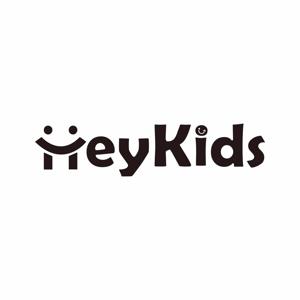


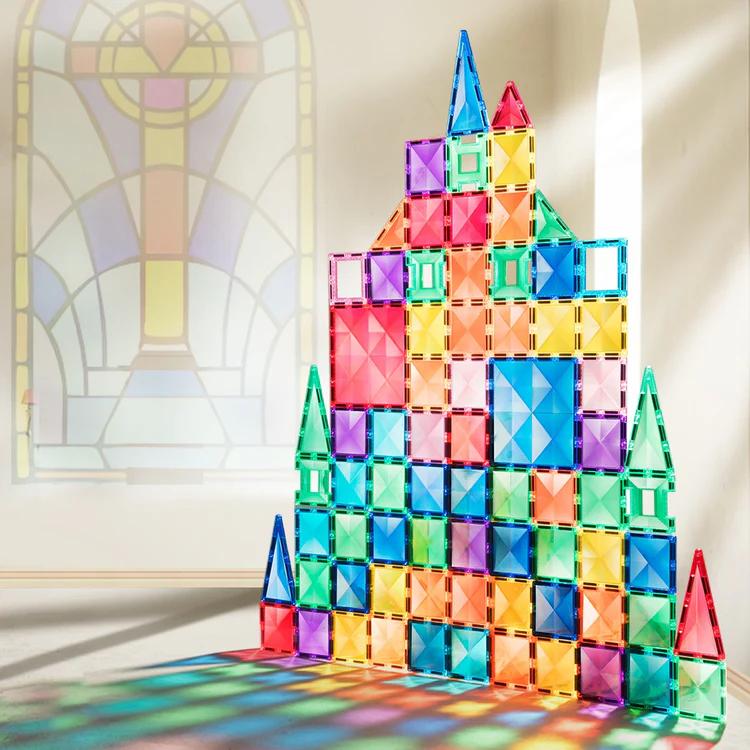



.png)
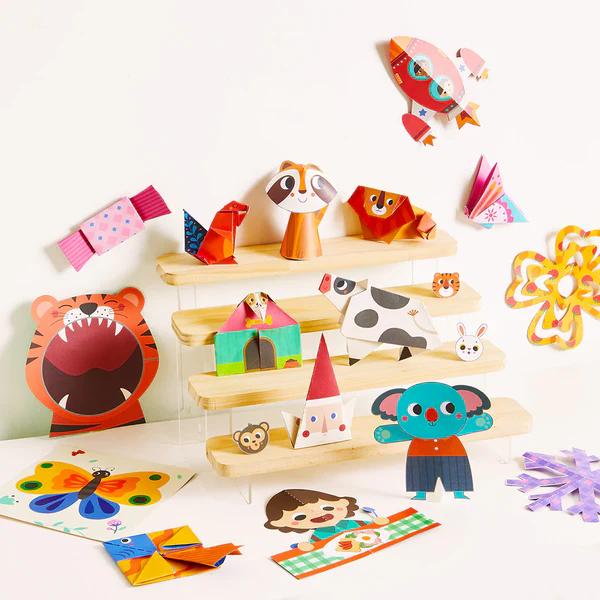
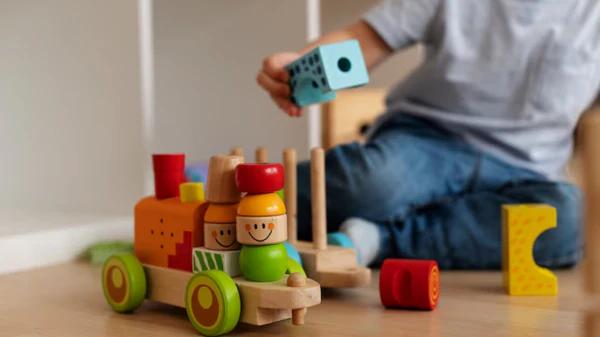
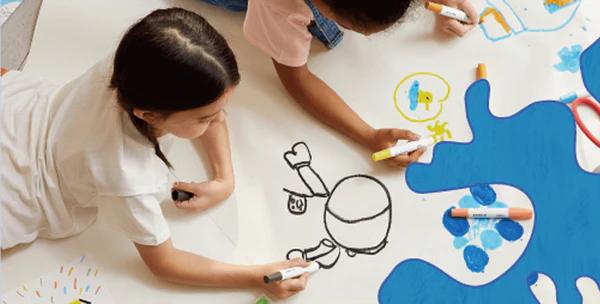
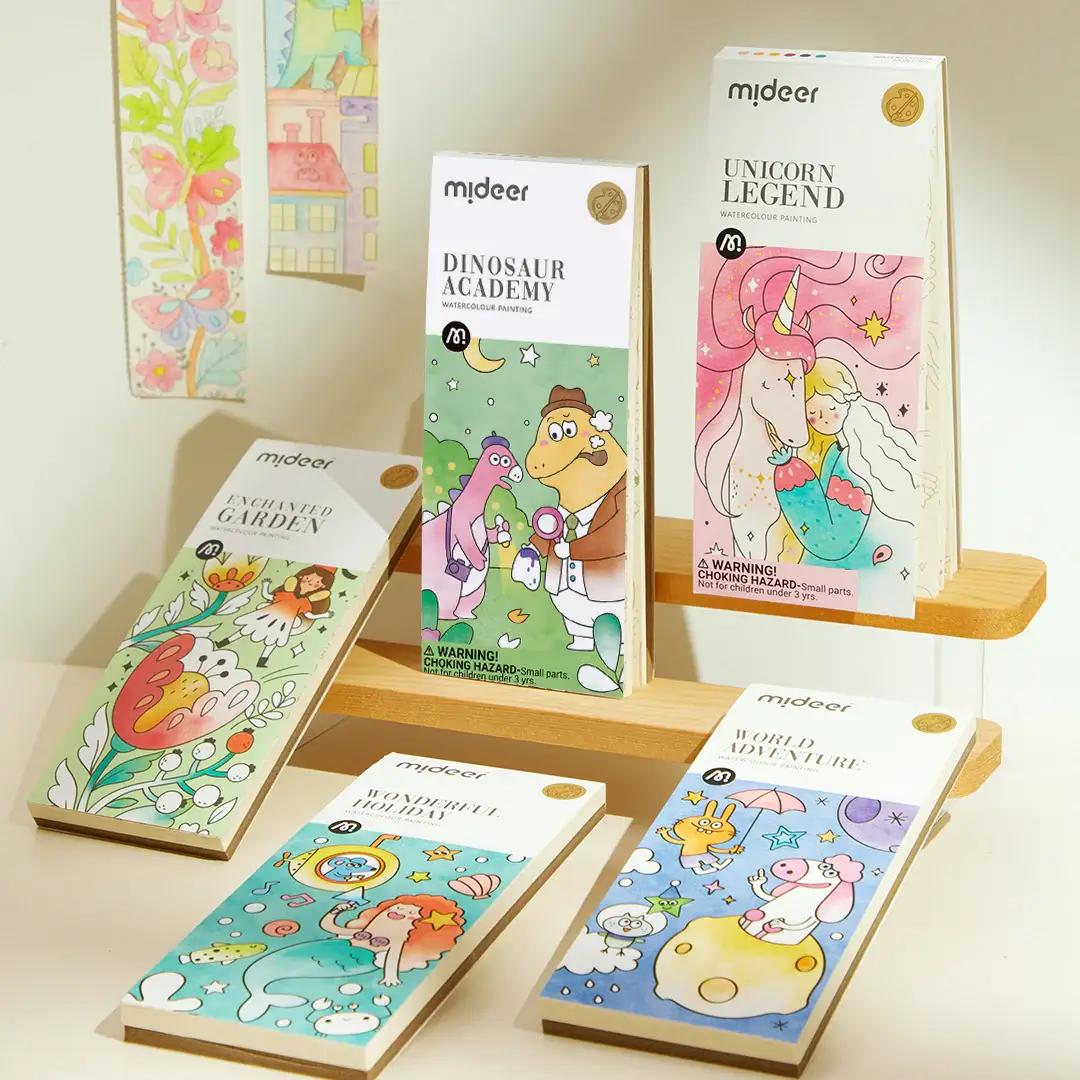
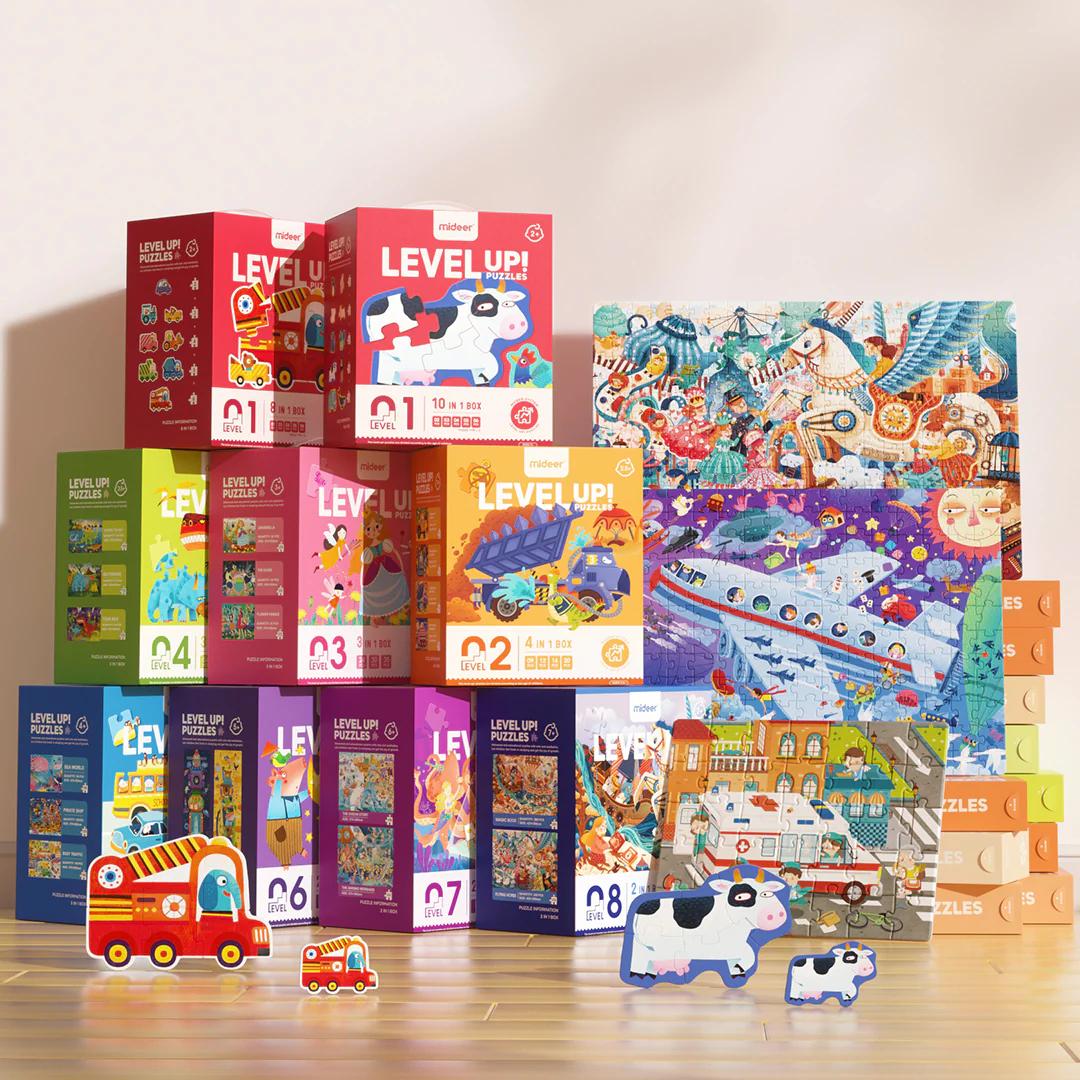
Write a comment ...